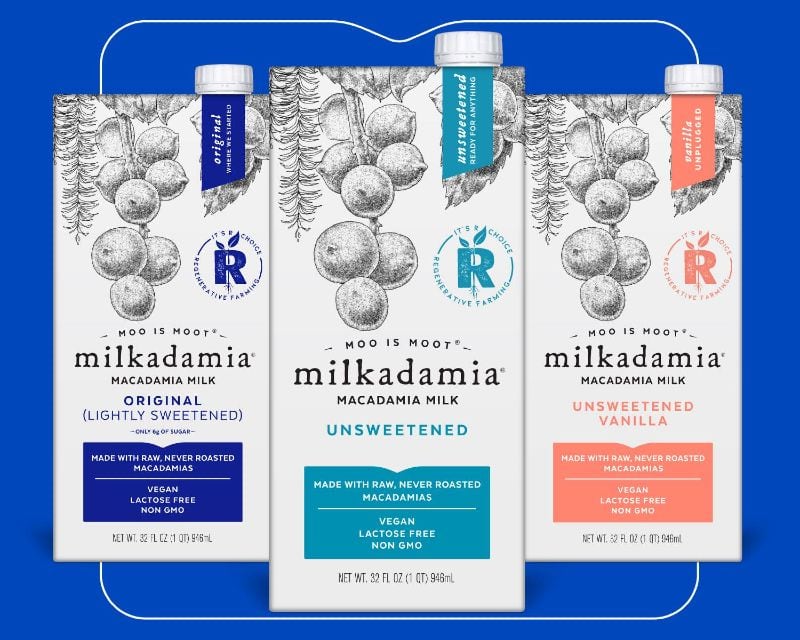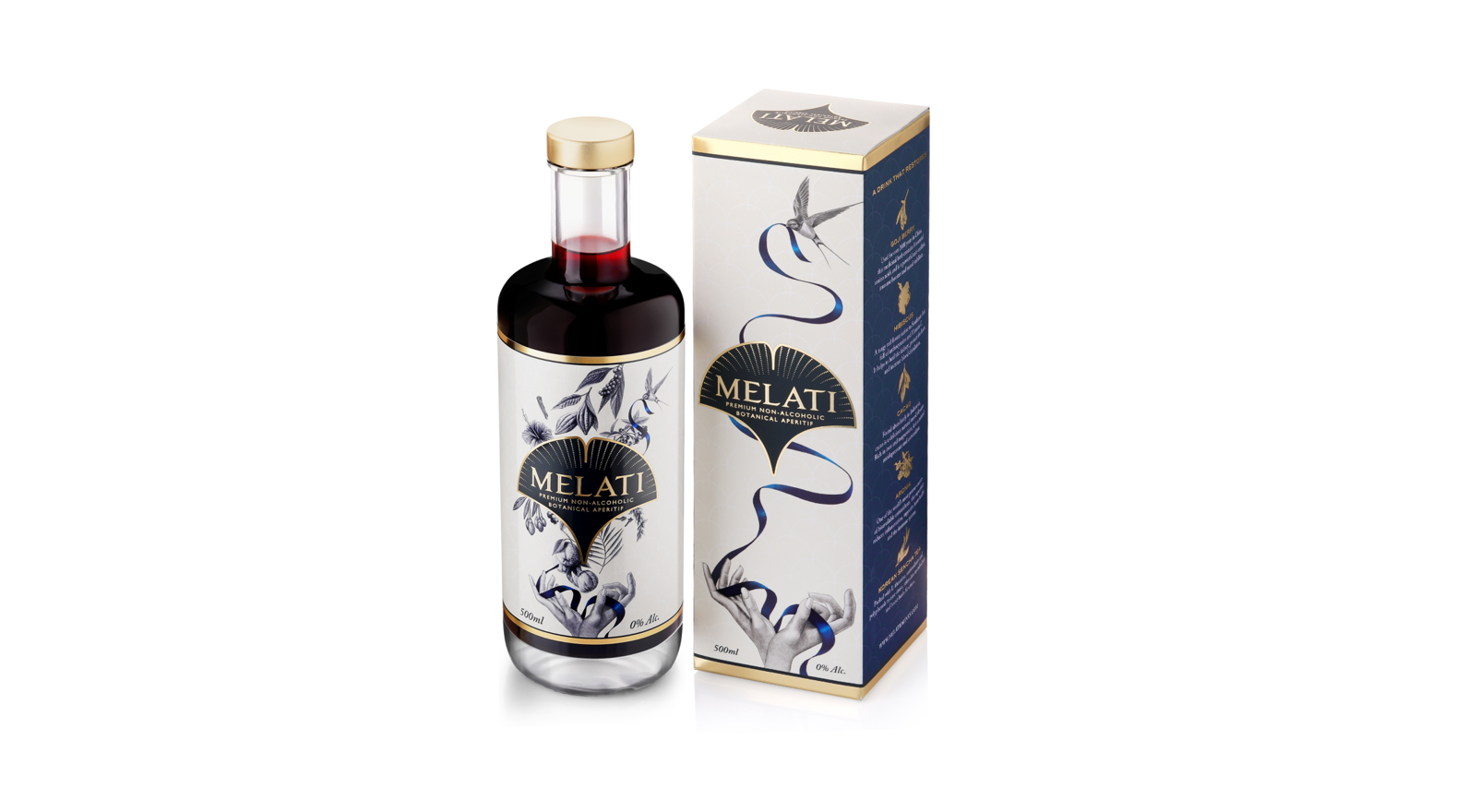The CAC is the main part of the international Food Standards Programme run by the United Nations Food and Agriculture Organisation (UN FAO) and the World Health Organisation (WHO), and the Codex Alimentarius (English: Food Code) is a collection of standards, guidelines and codes of practice adopted by this commission.
Japan is working to establish a specific set of guidelines and standards at a regional level for fermented soybean products such as natto, and the local Ministry of Agriculture, Forestry and Fisheries (MAFF) recently announced that it had officially begun work on this.
“Japan has started work on the Codex Alimentarius Subcommittee to establish ‘Asian Regional Standards for Soybean Products Fermented using Microorganism Bacillus’, and endeavour which has been approved at the 43rd Codex Alimentarius General Meeting,” said MAFF in an official announcement.
“This will be applicable to natto and similar fermented soybean foods [and the we believe that] the formulation of regional standards is important in order to prevent low-quality products and products using beans other than soybeans from being sold as natto in overseas markets – this will then lead to the promotion of natto exports.
“We will be working with other stakeholder countries in Asia such as South Korea, China and Thailand to prepare draft standards for these products.”
In the proposal document for these regional standards as published on FAO, health and food safety was also highlighted as an important reason for the subcommittee to come together.
“Recently, it is noticeable that the production and trade volume of natto from Japan has been steadily increasing intra-regionally and internationally,” stated the proposal.
“The absence of uniform quality requirements for these products amongst producing countries in the Asian region can cause trouble for fair trade of those commodities.
“[In addition, given its widening reach] it is necessary to establish a regional commodity standard for soybean products [such as these] covering safety, quality, hygiene and labelling requirements to protect consumer health.
“The standard is intended to be regional, rather than international, given that the present trend of consumption and trade of [these] soybean products mostly extends to Asian countries.”
According to trade statistics from the Japanese Ministry of Finance, between 2017 and 2018 total natto exports grew from 1.75 million kg to 1.83 million kg in volume or JPY956.6mn to JPY981.8mn (US$9.13mn to US$9.37mn) – a 4.5% and 2.6% increase respectively in just one year. The biggest Asian markets for these exports were identified as China and South Korea.
The standard is expected to apply to soybean products that are either fermented solely with Bacillus or together with other microorganisms, and also mostly retain the shape of whole soybeans (as opposed to products such as fermented bean curd (‘furu’) common in East and South East Asia).
Other fermented soybean products covered in the standard
In addition to natto, the regional standard will also cover South Korea’s cheonggukjang (mainly used to make soup base), China’s douchi (fermented black soybeans used for flavouring and seasoning), Thailand’s thua nao sa (widely regarded by northern Thais as a traditional protein supplement) and South Asia’s kinema (mostly in Nepal and India, similar consistency to natto, used traditionally as a soup or side dish).
All these soybean products are fermented with the Bacillus bacteria, most commonly Bacillus subtilis, after the products have been steamed or cooked.
The draft standard is estimated to be officially proposed in 2021 to 2022, and then the regional standard formally adopted in 2024.





